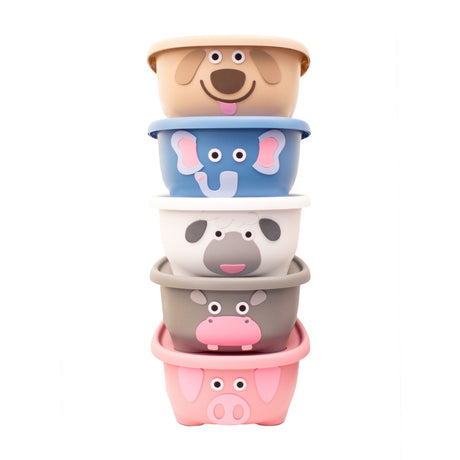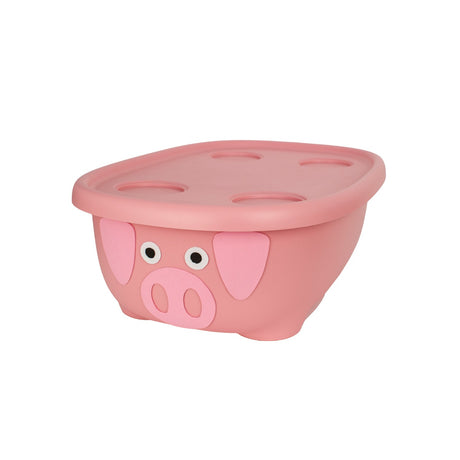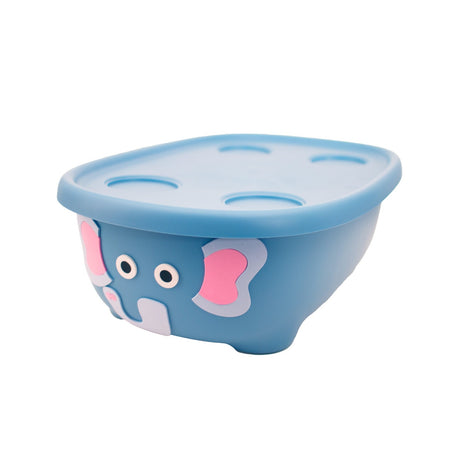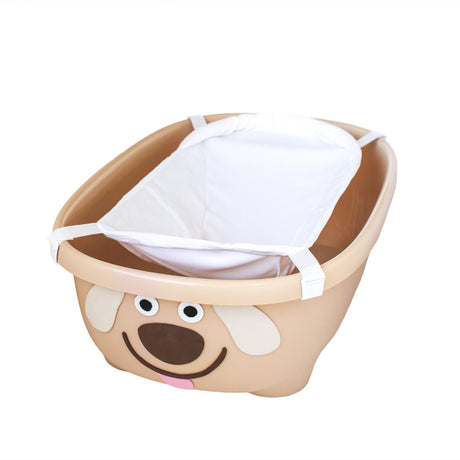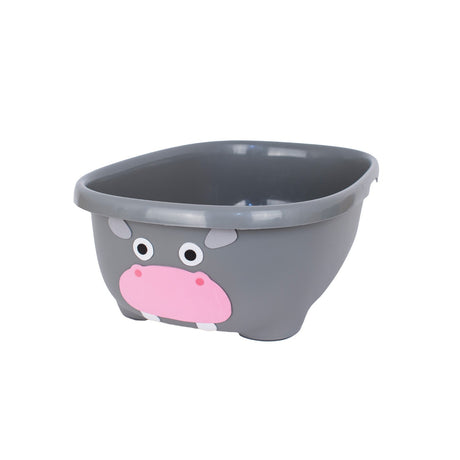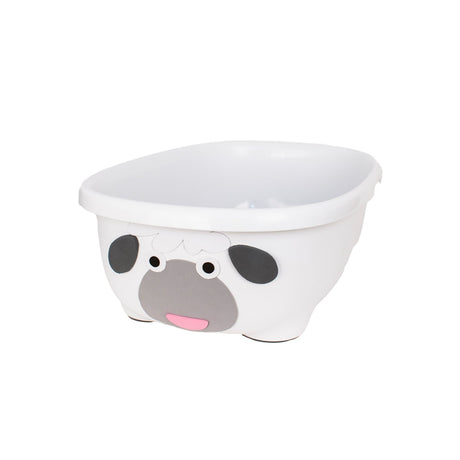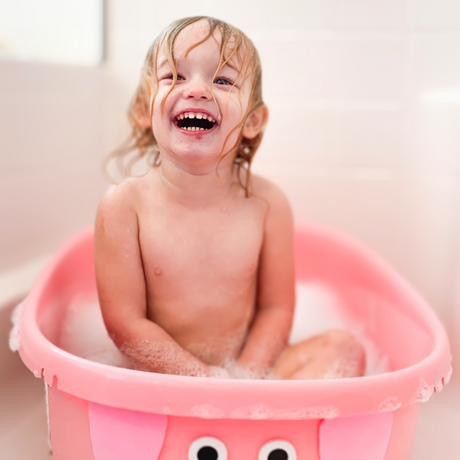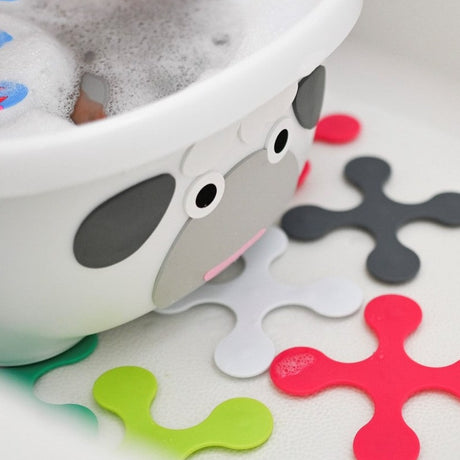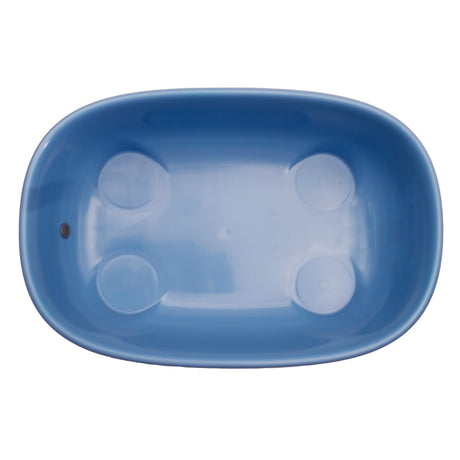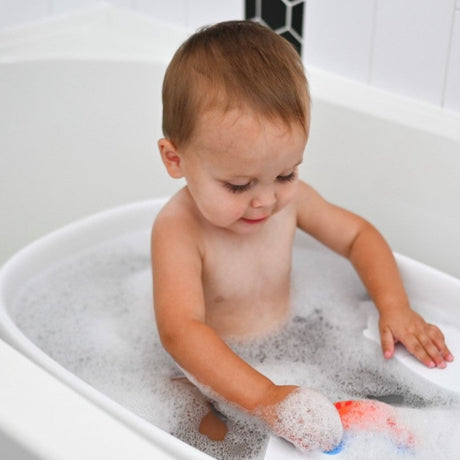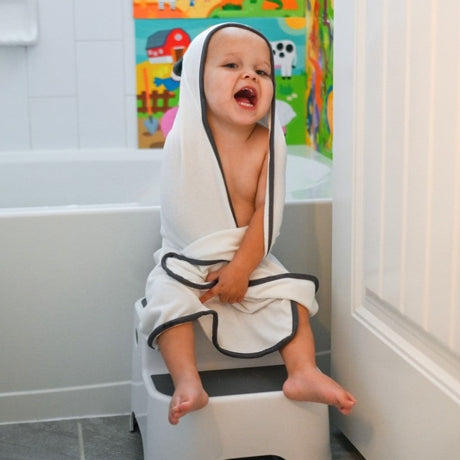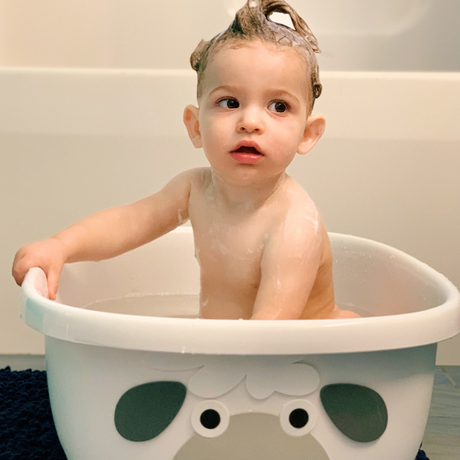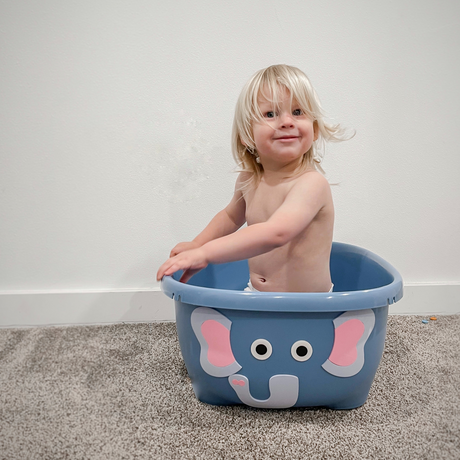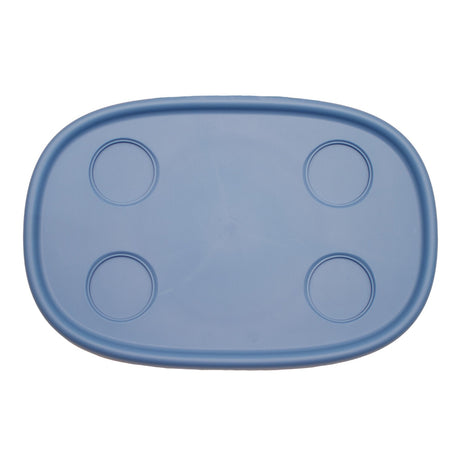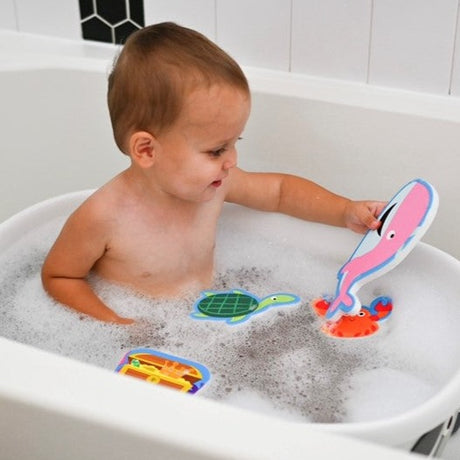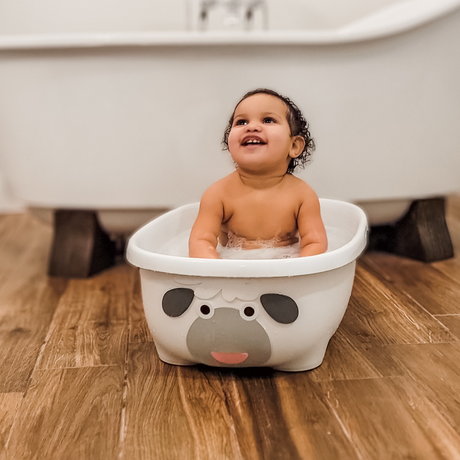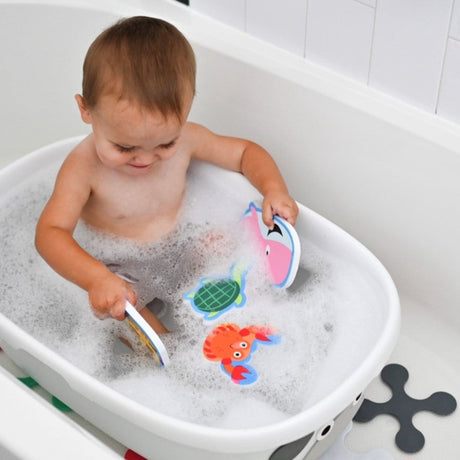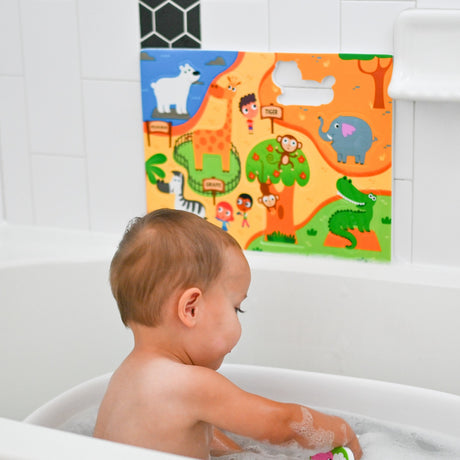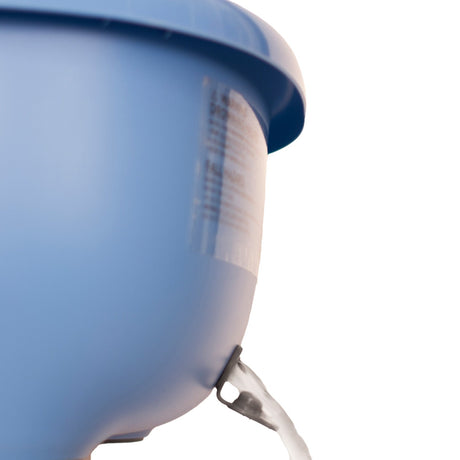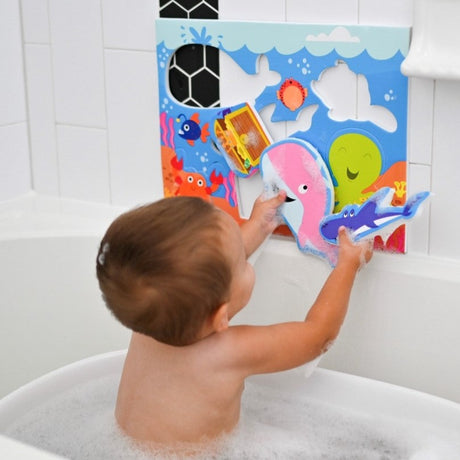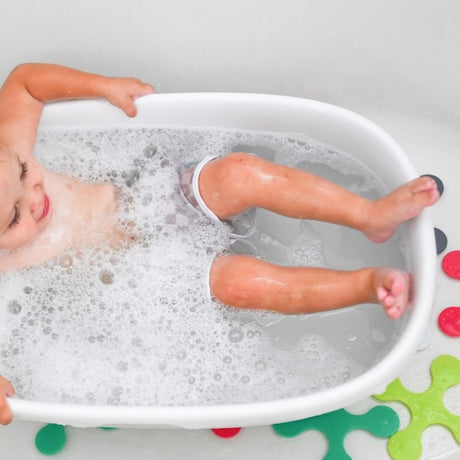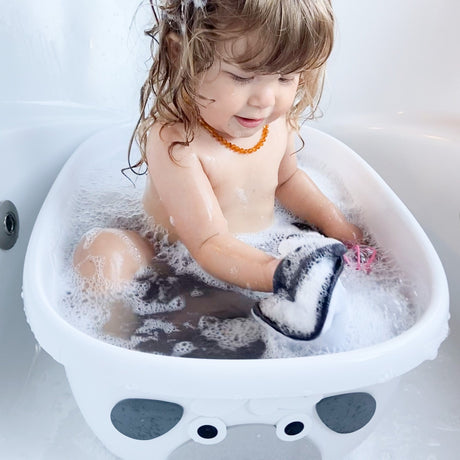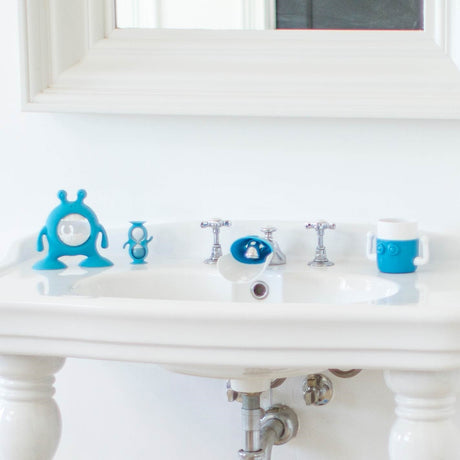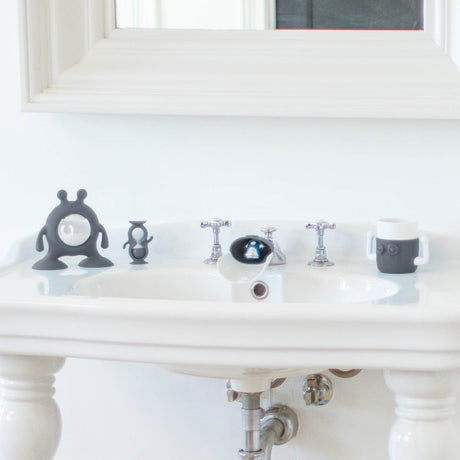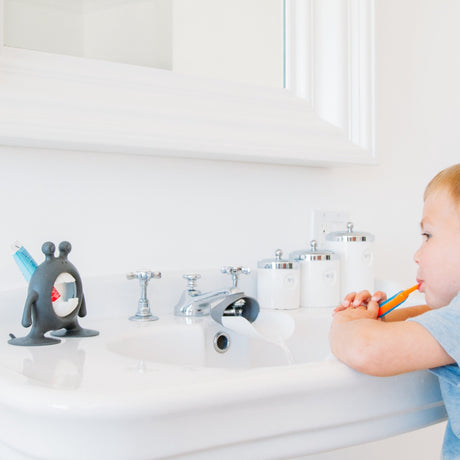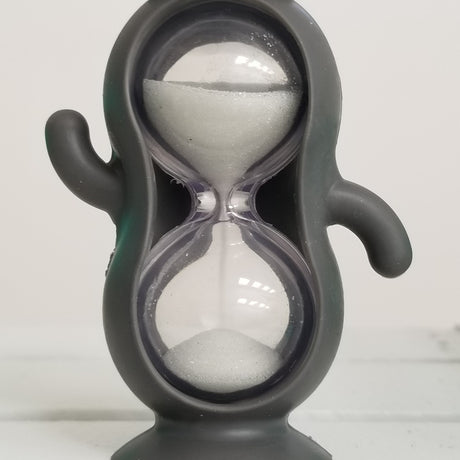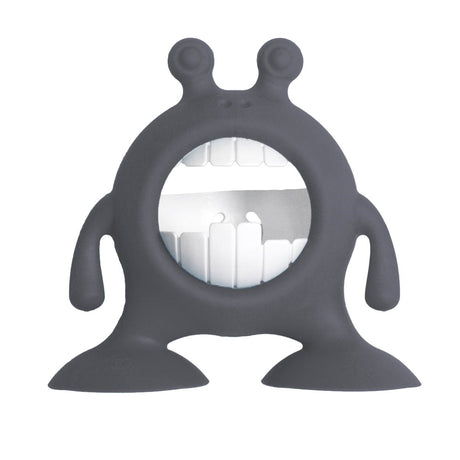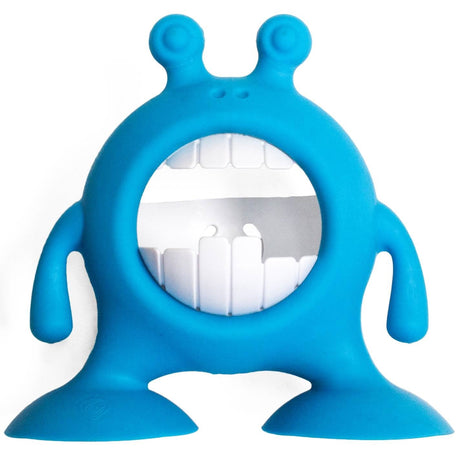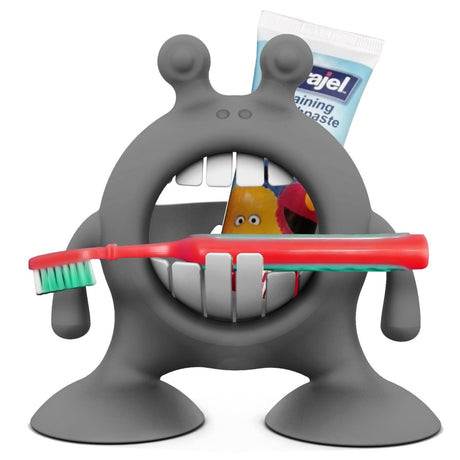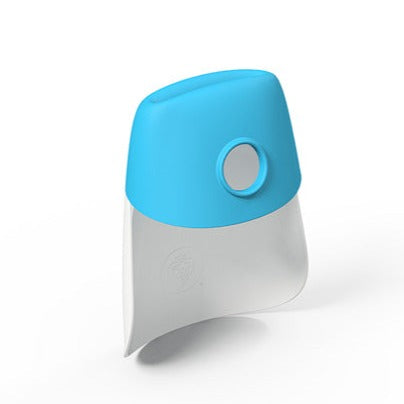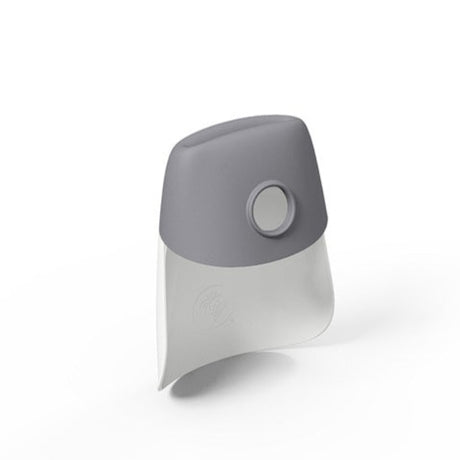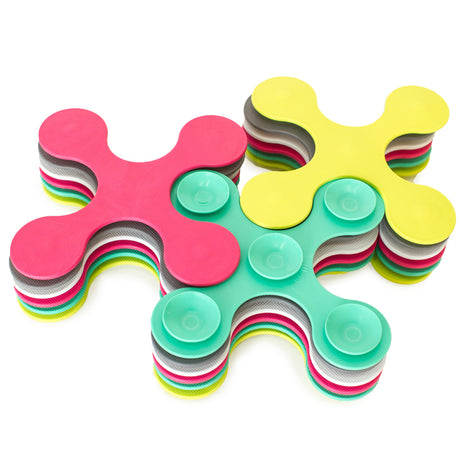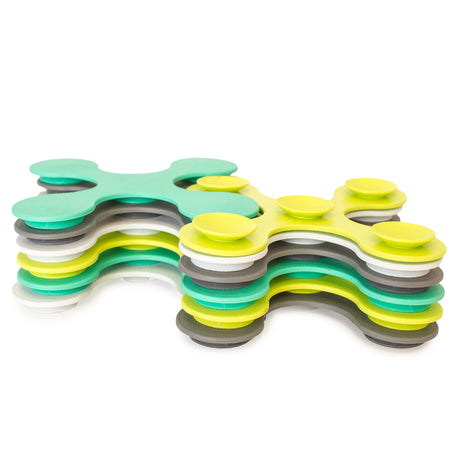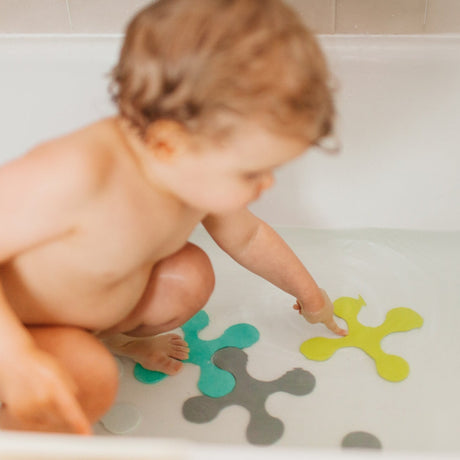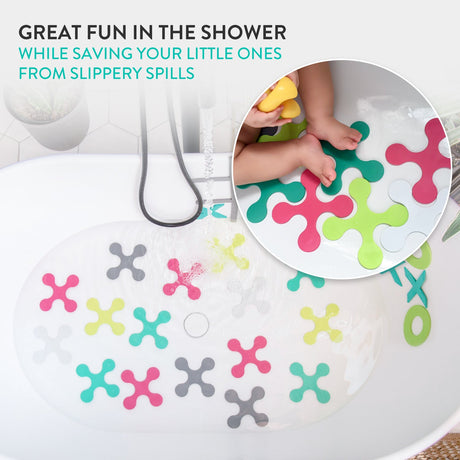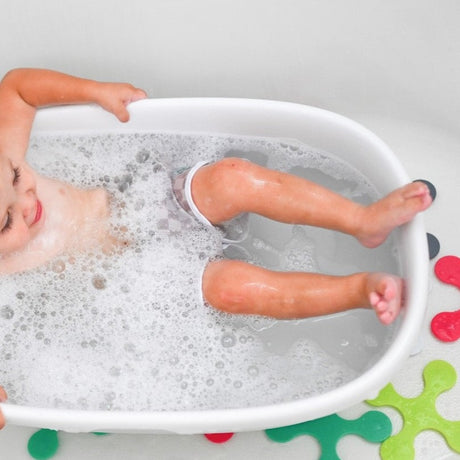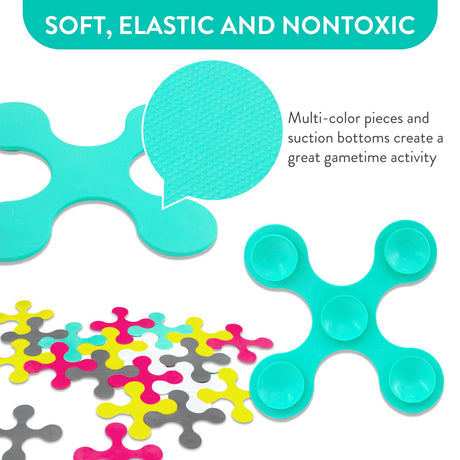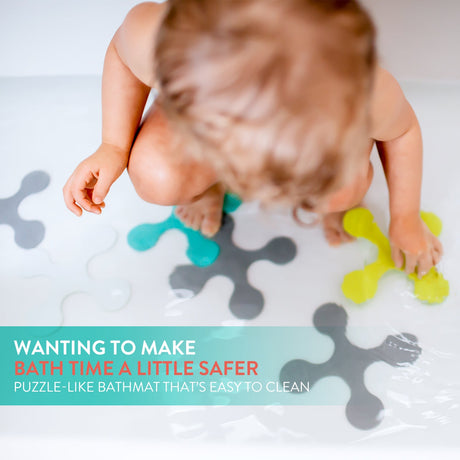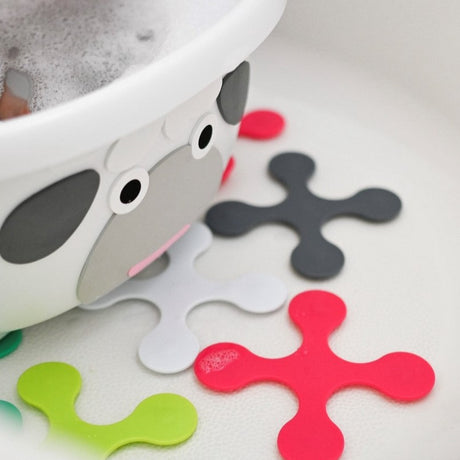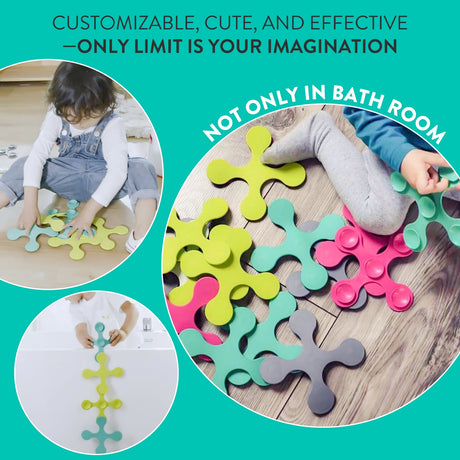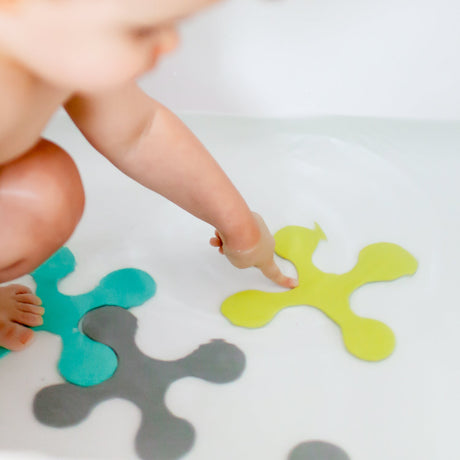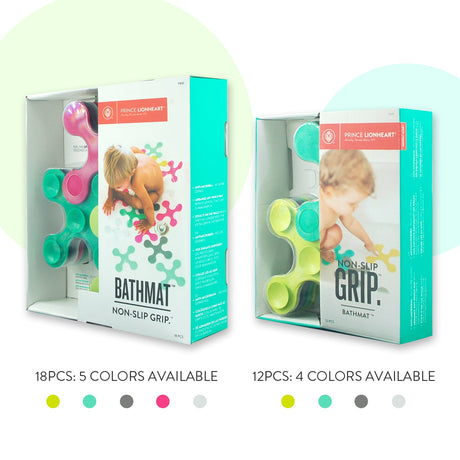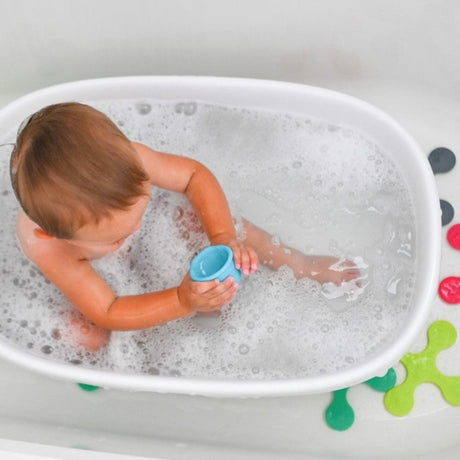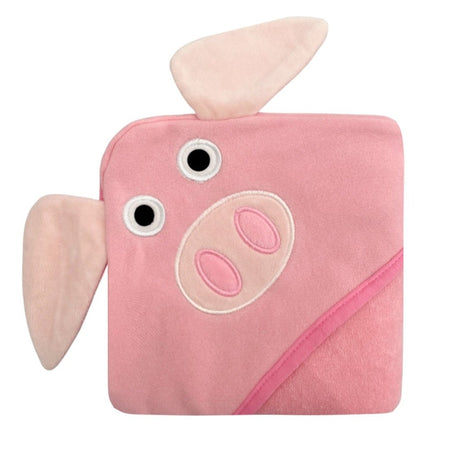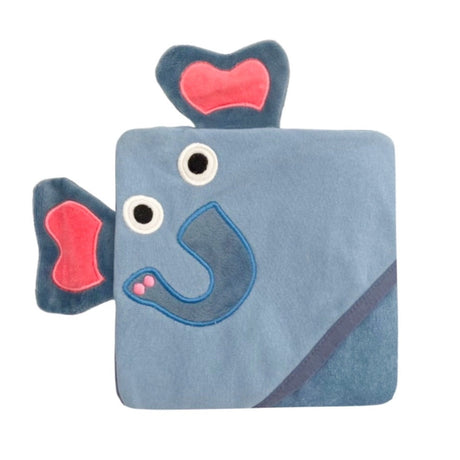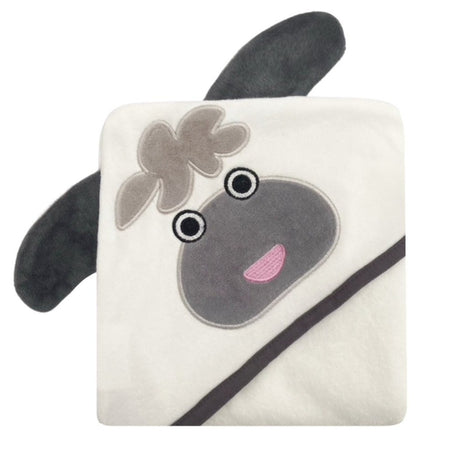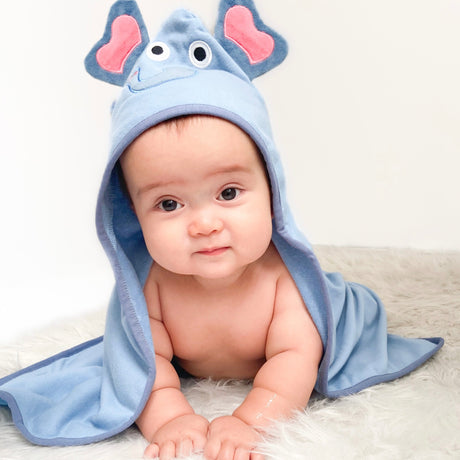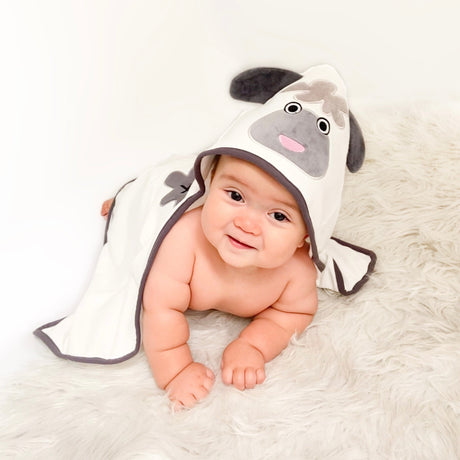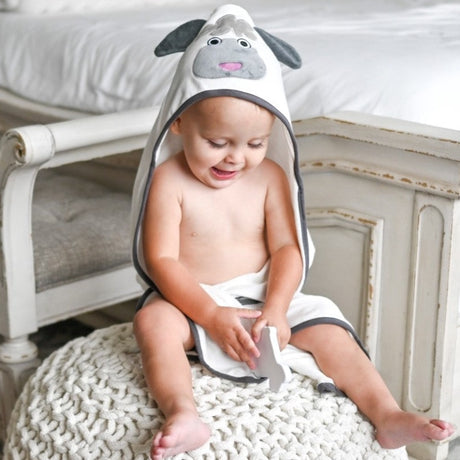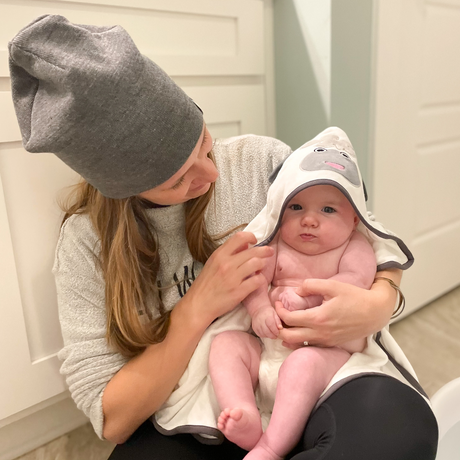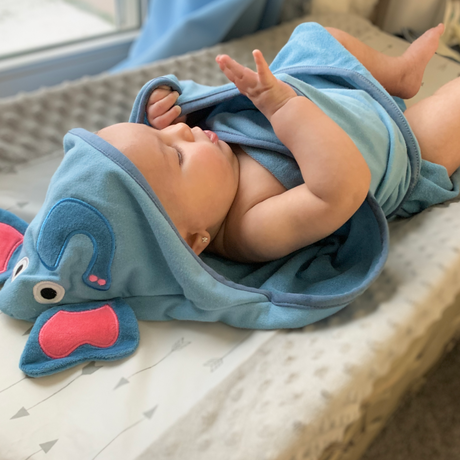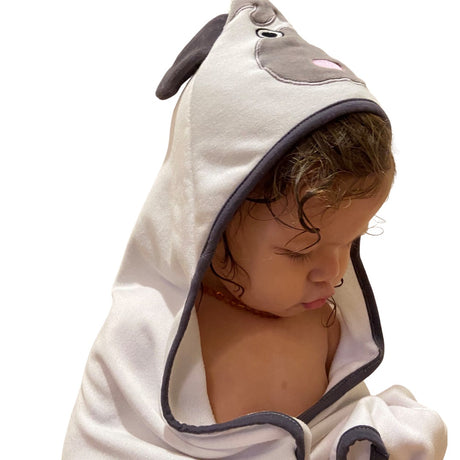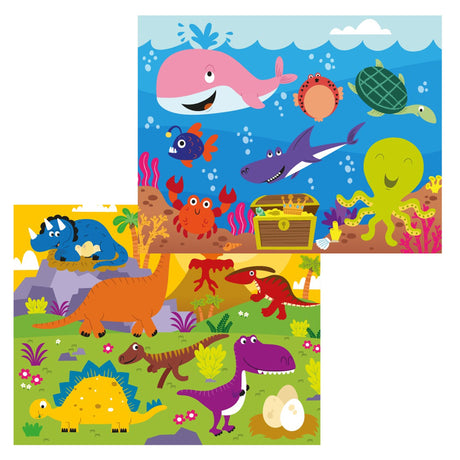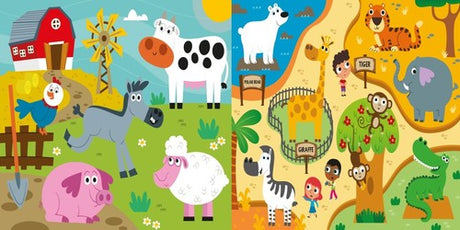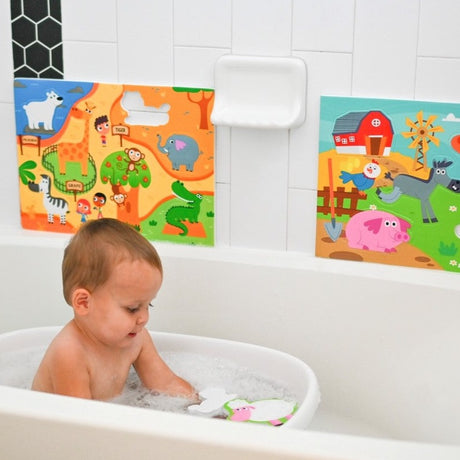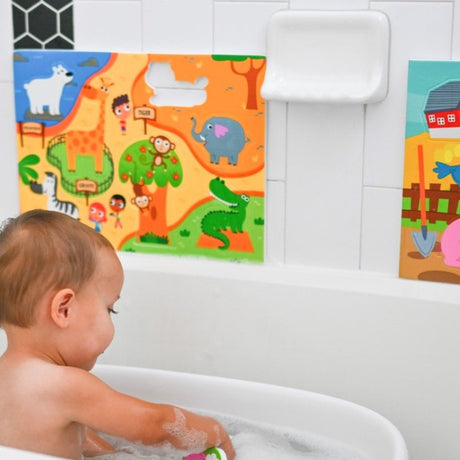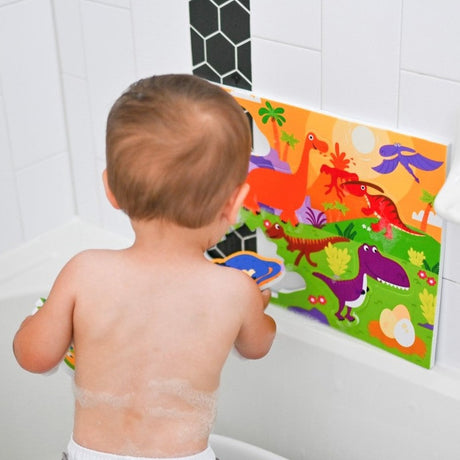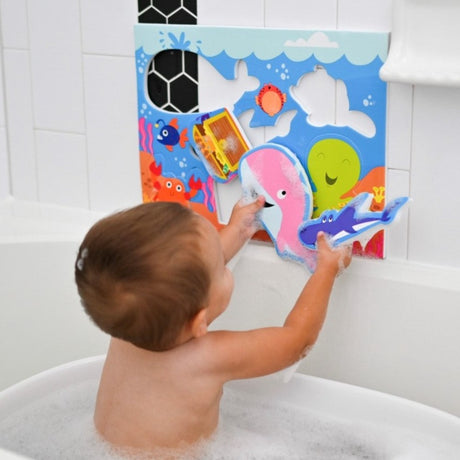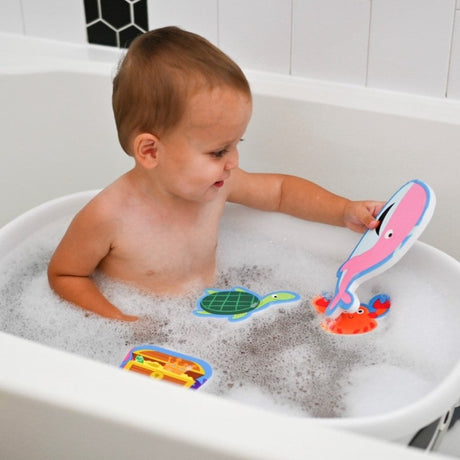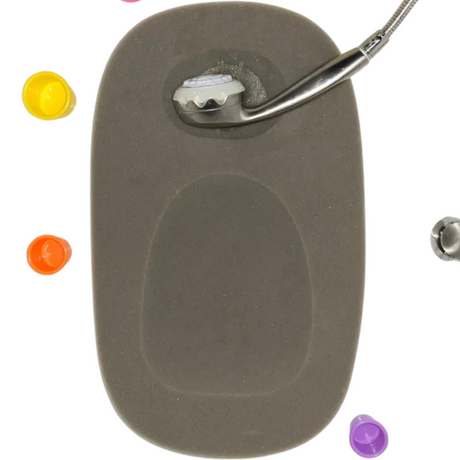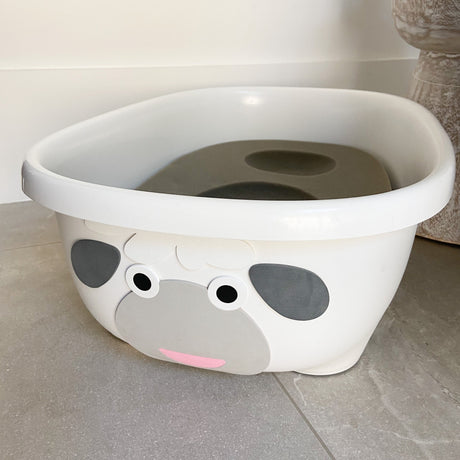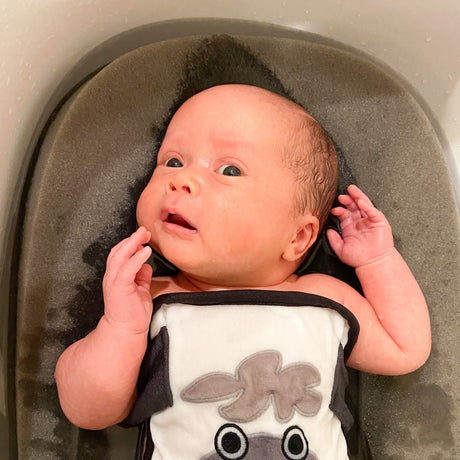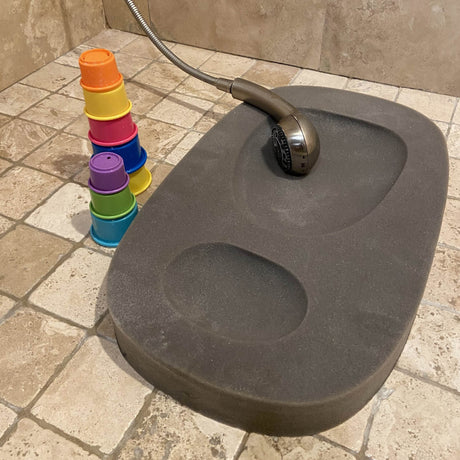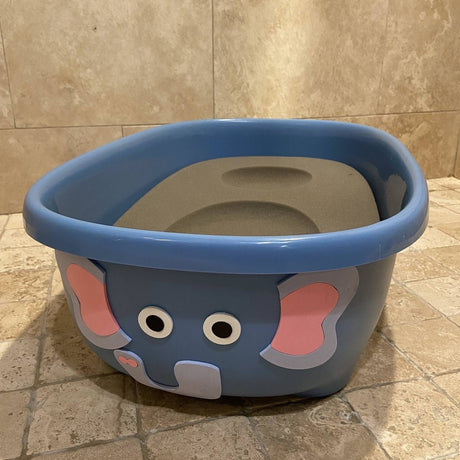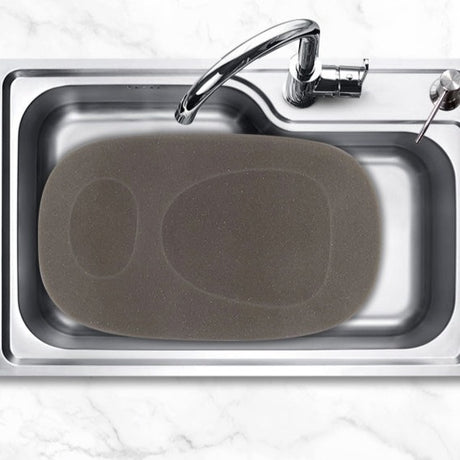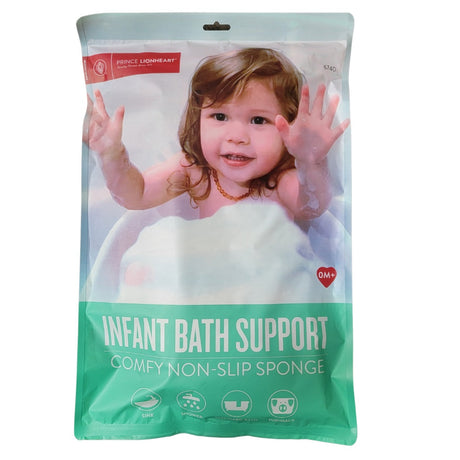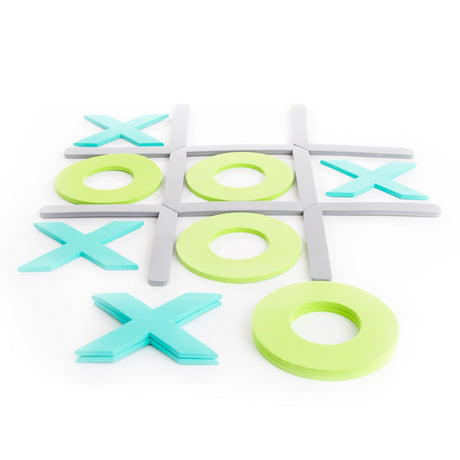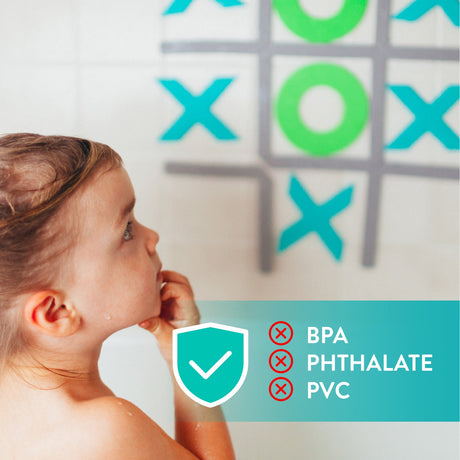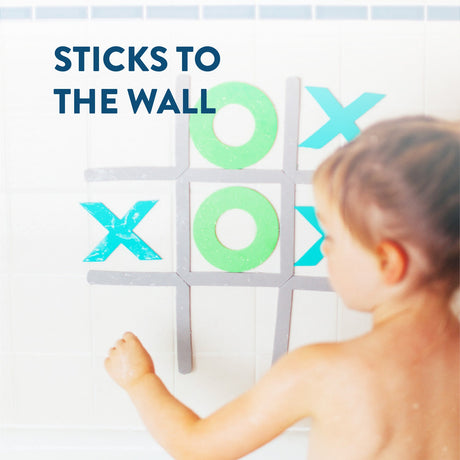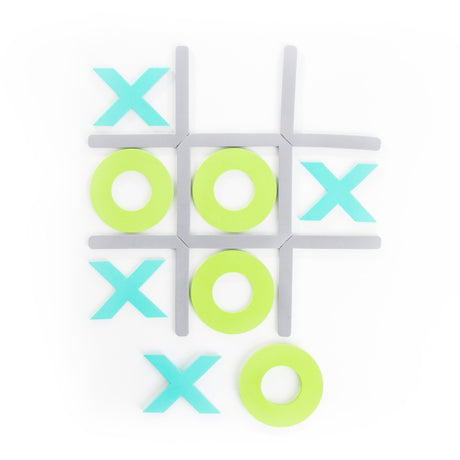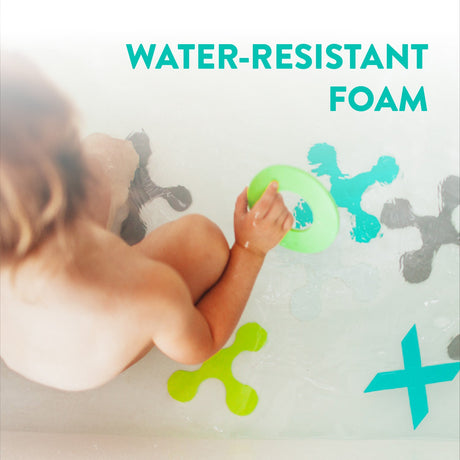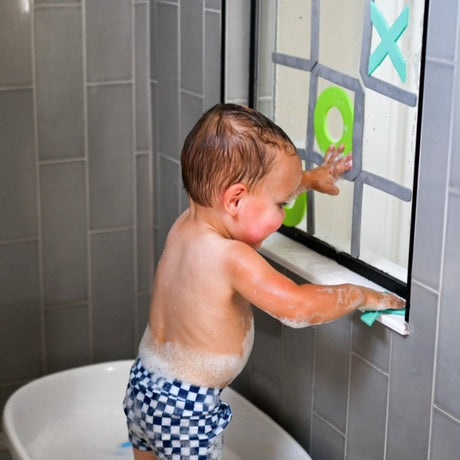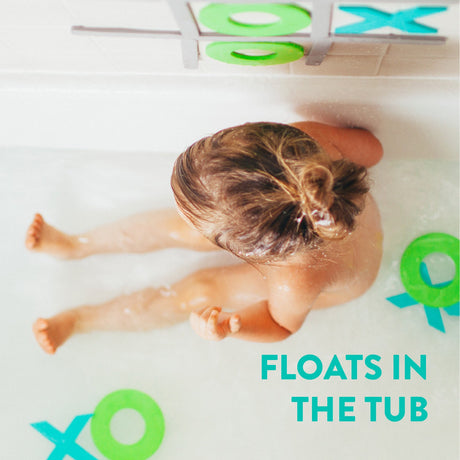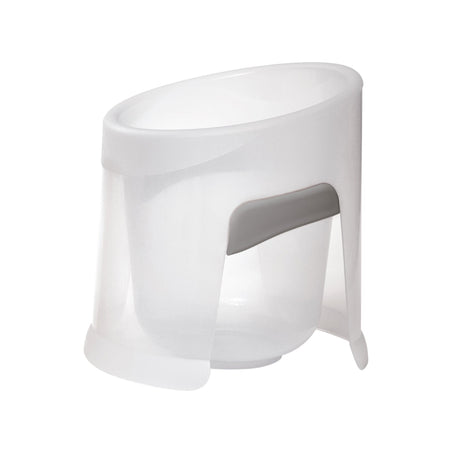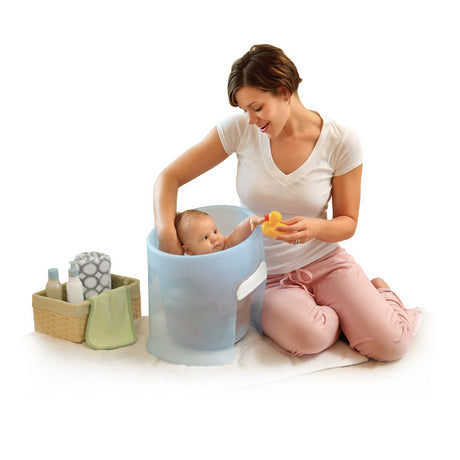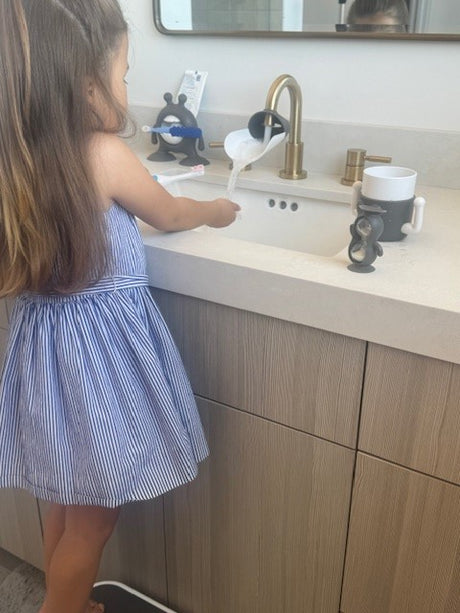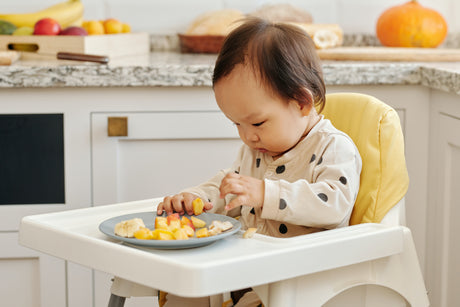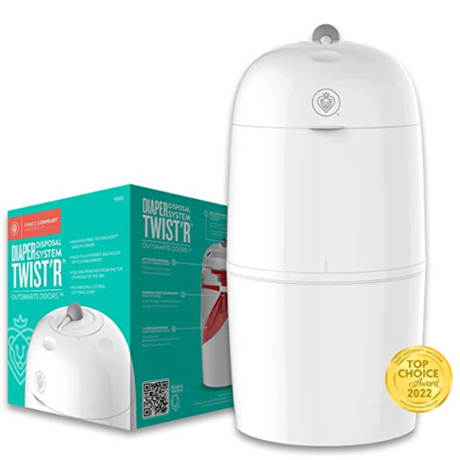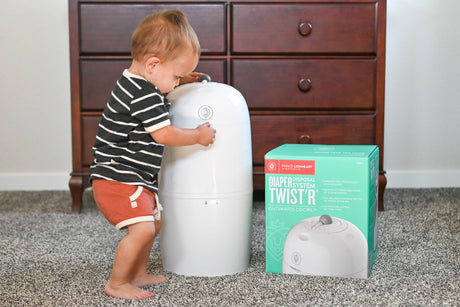The Importance of Imaginative and Pretend Play
Imaginative play is so much fun to watch as a parent and caregiver. When your little one climbs inside the laundry basket, and it suddenly becomes a fire truck or a royal carriage, there’s nothing more magical than seeing your kids play pretend. But pretend play is more than just adorable - it also helps your child to learn, grow, and develop.
Finding yourself lamenting the “old days” when the toys didn’t do all the work and kids had to rely on getting creative? You’re not alone. Many adults have noticed that more and more kids are reliant on screens and battery-operated toys to keep them entertained. What happened to playing pretend? The answer? Nothing!
Kids are still as creative and imaginative as they’ve always been—they just need room and opportunity. Not sure how to encourage pretend play? Don’t worry. Prince Lionheart has you covered to help you nurture your kids’ pretend play. Watch how it benefits their growth!

How Imaginative Play Benefits Your Kid and Their Development
Imaginative play and pretend play help kids develop their imaginations, and it often grows from unstructured “free” time. You know those times when everyone is hanging around at home, and kids wander off? Those times are golden when it comes to imaginative play. The unstructured free time encourages creative pretend play and also leads to developmental benefits for your kids. They will learn to entertain themselves (which, trust us, is essential!) while learning more about how to exist in the world around them.
Pretend play helps kids by:
- Fostering cognitive development
- Benefiting social development
- Developing motor skills
- Encouraging creative thinking
- Allowing children to work through feelings
- Improving focus
To better understand the specific ways of how imaginative play benefits your kids, it’s helpful to understand what imaginative play is. Generally speaking, imaginative play is the kind of play where kids act out scenarios and storylines, often incorporating different perspectives and play-acting a variety of emotions. In younger kids, it can look like mirroring emotions—babies making a pretend sad face when you make one—while older kids might act out a complex storyline with their stuffies. Some kids tell stories, some play-act, some dress up, some explore imaginary scenarios with toys… there are so many ways to engage in pretend play. And the benefits are huge.

Several studies have indicated that imaginative play increases language usage, improves children’s “theory of mind” (i.e., the understanding that other people’s thoughts and ideas might be different from one’s own), improves divergent thinking, improves cognitive flexibility, allows for the expression of a variety of emotions (negative and positive), and allows kids to practice integrating their feelings with their thought processes and understanding of things. Research also indicates that pretend play helps kids learn self-regulation as they act out stories and scenarios. What’s more, it allows them to practice important social skills. In other words, pretend play helps kids make sense of the world they live in and their place in it. Important stuff, right?
So how can parents nurture imaginative play in their kids? Is it as simple as giving them the time and space to be creative, or are there pretend play toys that can help nurture this kind of play? It’s both!
How Imaginative Play Begins in Babies
While the majority of the research on imaginative play has studied children between 2 and 7 years old, babies are also capable of imaginative play. Babies learn about the world around them by interacting with as much of it as they can. They observe closely. Eventually, they begin to mimic and pretend by imitating gestures and the use of certain items, like a phone.
Jumpstart your baby’s imagination with plenty of play and developmental toys for babies that help their brain grow by allowing them to practice gross motor, fine motor, and observational skills. Younger babies respond to high-contrast images that encourage cognitive and spatial development, while older babies love images of faces and familiar settings that spark their excitement. The best developmental toys for babies will keep their interest - without overstimulating - and will grow with your baby as they get older. Here’s how to set the stage for pretend play with your baby.

- Provide lots of tummy time. Make sure your baby has plenty of time to practice pushing up, and eventually rolling and crawling, by doing tummy time daily and offering a safe, engaging place for Baby to play. Prince Lionheart’s developMAT™ is a two-sided play mat, offering a high-contrast black, white, and red side for younger babies’ spatial and cognitive development, along with a farrn animal design to help older babies and toddlers work on language skills. (Bonus: It helps keep your carpet clean!)
- Offer high contrast toys and books for Baby. Younger babies are better able to see shapes when they’re high contrast. The black, white, and red side of the developMAT™ is ideal for capturing younger babies’ attention. What’s more, it cleans and rolls up easily, and comes with a carry case. You can bring it wherever you need to go.
- Avoid battery-operated toys. Provide toys that allow Baby to play with them however they imagine (rather than toys that do the work for them).
- Find books and toys that have engaging art that keeps Baby’s interest. Younger babies will be drawn to brighter colors with a lot of contrast. They also respond to images of faces. Older babies will begin to develop preferences. Explore a variety of subjects in books and toys, from trucks to princesses to farm animals to space adventures.
- Make faces and play games with Baby’s hands and feet. Babies will begin to mimic your facial expressions, noises, and gestures pretty early on. Play games that let Baby copy you as you make silly faces, clap your hands, and more.
- Find toys that make noise. Not electronic noises, though! Your baby will have plenty of bleeps and bloops in their life down the road. For now, we’re talking simple rattles, toys that squeak, stuffies that rustle and crinkle, and wood toys that are fun to clack together. Added benefit: Let Baby explore lots of different textures.
Encouraging Pretend Play with Learning Toys for Toddlers
Toddlers are all about pretend play, with or without imaginative educational toys for toddlers. From about 2 years old and on, pretend play becomes more and more elaborate, with lots of role-playing and acting out of different scenarios. You may hear your little one reenacting a phone call you had or pretending to be any number of grown ups they interact with or admire. They may incorporate toys to act out their imaginative play, or they might be the players themselves. If they ask you to join in, don’t hesitate! But be prepared to be told what to do—toddlers love being in charge!
Incorporate and encourage lots of pretend play toys in your toddler’s life. Remember that these pretend games don’t need to be fancy and shouldn’t rely on toys that create the story for them. The best learning toys for toddlers’ pretend play are a jumping off point for your little one’s ideas to bloom and grow. A colorful scarf can become a costume, a sail on an imagined boat, or a play thing to practice throwing and catching. Provide them with the materials, and let their imaginations take off! Here are some of the materials that can offer endless pretend play for your toddler.
- Provide art supplies. Toddlers love to draw and create, even when you struggle to see what they’re creating! Ask your toddlers to explain their creations to you and encourage them to experiment and, yes, get messy.
- Make music. Toddlers love to make noise. Give them a chance to do just that! They can use actual instruments or, even better, give them a box, a pot, and a wooden spoon and let them go to town.
- Toys that allow stories to bloom. Any toy that encourages your little one to develop storylines and scenarios is excellent. Dolls, cars, stuffies, action figures, and more can become players in any pretend play.
- Costumes/fabric to play with. Hit up a thrift store, grab clearance costumes after Halloween, or give your littles sheets to play with. From dress up to fort building, there are so many ways to play with clothes and fabric.
- Use play mats. Prince Lionheart playMATS and Everywhere™ playMATS provide possibilities for hours of different kinds of fun. Offered in 4 different designs, these learning toys for toddlers let kids search for characters, drive the roads and lines, play i-spy, learn animal noises, practice their ABCs, and explore different worlds for all kinds of unstructured pretend play. The mats are easy to clean, water resistant, portable, and double-sided; you get twice the fun in a single mat. Bring them anywhere you want in the handy carry case.
- Building toys. Toys that let your toddler build structures provide endless options. Offer blocks, interlocking plastic bricks, stacking log toys, or anything that can stack safely. Be aware of choking hazards for kids under 3.
- Toys for the bath. So many imaginary scenarios can play out in the bath! Offer cups, water toys, sponges, boats, and more to keep little minds interested.
- Practice playing on the go. Kids love to ride and roll around, both inside and out. Toddlers might not be quite ready to ride a big kid bike, but a balance bike helps your toddler practice steering, balancing, and coordination before pedaling is required. The Prince Lionheart CHOP™ Balance Bike is eco-friendly and solid, so it’s ready to withstand your toddlers energy. Want an indoor option for cold or rainy days? So did we! That’s why we love, love, love the wheelyBUG. Kids can buzz around the house for unplugged play. Offered in two different sizes to fit kids around 18 months, or kids older than 3, the wheelyBUG is ideal for use on smooth floors to teach balance, maneuverability, and gross motor skills.

How Imaginative Play Changes Over the Years
Family is a verb® and when it comes to kids, the one constant is that things change quickly. Thankfully, your kids will engage in imaginative play for years and years to come—especially if you foster their creative thinking from an early age. How they incorporate imaginative and pretend play toys, however, will continue to grow with them. So, what should you expect in terms of imaginative play when it comes to your little one?
Imaginative Play in Babies
As babies, imaginative play involves observing and mimicking. You’ll begin to see your baby imitate your silly faces, gestures, and sounds as they watch you and learn how to react to the world around them. Your baby may even practice pretend crying, laughing, or growling in anger! At this point, developmental toys for babies’ imaginations help them explore the world around them. Once your little one has reached the toddler stage, you’ll start to see more advanced mimicking, as well as symbolic play with educational toys for toddlers and other items around the house. With a little imagination, a box becomes a train, a dolly becomes a baby, or a pile of yarn becomes a spaghetti meal. Around the age of two, your toddler will begin to create fanciful stories during play, with rich pretending and vivid imaginations. They’ll be able to play pretend on their own for a bit longer, but they may want to play near you and ask you to respond to their imaginative play.
Pretend Play During Toddler and Preschool Years
Once your child is about 3 years old, they’ll begin to incorporate their lived experiences into their play. They may reenact a party they attended or an argument they witnessed. Imaginary play is one way your child processes and understands their feelings and experiences, including the feelings and responses of people around them. If your child wants to act out something sad they’ve gone through, like a funeral they attended or playing sick after a loved one has gone through cancer treatment, they may be trying to work through their own feelings about it, as well as attempting to understand the sadness they witnessed. Try to embrace this pretend play, whether it’s in response to a positive experience or a challenging one. For kids this age, imaginative play can sometimes also turn into telling stories that are not exactly true. Kids may exaggerate something that really happened to make it more exciting or reflect what the experience felt like to them. Find ways to honor children’s creativity while also encouraging honesty. Imaginary friends may make appearances, too—we recommend welcoming them to the table!
Around 4, imaginative play becomes more realistic and incorporates more details. Kids will attempt to incorporate costumes or props that are more representative of the characters they’re acting out. At this age, the understanding of pretend, and how it differs from reality, starts to solidify. Offer learning toys for toddlers that help enrich your kids’ imaginative play by giving them toys and props that support the play they enjoy. Remember, a cardboard box or a spare sheet can become a million different things!
Your Kindergartener’s Imaginative Play Choices
Once kids reach school age at 5 and 6, they can engage in long-running, rich storytelling to launch their pretend play. Give kids this age plenty of opportunities to play act and pretend to be different characters. This helps them develop a strong sense of self and creativity while gaining a deeper understanding of the world around them. You can support this deeper understanding by exposing kids to a diverse and rich variety of stories, cultures, and educational toys for toddlers and bigger kids. At this age, they can embrace an imaginary game—pretending they’re in space, for example—for a long period of time, even returning to it for several days in a row to continue the story. They also become more adept at negotiating roles and storylines with friends as they build out their pretend play.
Imaginative Play Can Be Very Real For Kids
Keep in mind that your little ones can become thoroughly engrossed in pretend play, and their emotions will be just as involved. They can experience very real fear, sadness, and joy, all based on an entirely imagined game. A two-and-a-half-year-old toddler can become authentically frightened by a friend pretending to be a T-Rex, or a 4-year old can feel true attachment for the friend pretending to be their mother. Take their little feelings seriously, whether it’s based in reality, or in their imaginations. Comfort your children when they need it, welcome pretend characters into your world, and let your imagination bloom, too.
How To Foster A Love of Pretend Play In Your Kids
The best way to foster imaginative play in your kids is to give them time and space to be creative! Here are some ideas, but don’t limit yourself to what you see below. Be willing to get messy and get creative with whatever you have around the house. Kids aren’t as picky as you’d think. And if they ask you to play with them, say yes whenever you can! Even 10 minutes of pretend play together can make a world of difference to them.

Ideas for creating:
- Cardboard boxes, markers, and tape
- Color & Draw™ Reusable Silicone Coloring Mat with Markers
- Paper and crayons
- Pipe cleaners and fabric
- Glue, leaves, and paper
- Ribbons and dowels
- Playdough or clay
- Old socks to make puppets
Ideas for character play:
- A bin full of clothes or costumes for dress up
- A couple of sheets and some yarn
- Paper plates for mask making
- A shoe box of costume jewelry
- A tool box of (kid-safe) tools
- Pretend food, dishware, and cutlery
- Pretend doctor tools
- Old shoes and boots
- Puppets, stuffies, dolls, and action figures
Ideas for imaginative indoor play:
- Build a small stage area and let them perform
- Build a fort
- Build a home with blocks or building toys
- Create a classroom with toys
- Use playMATS to build a scene (a city, a farm, under the sea, outer space, etc.)
- Build a vehicle (train, car, spaceship) with a large cardboard box
- Offer a safe place for indoor riding on a wheelyBUG
- Turn out the lights and make a dance club
Ideas for imaginative outdoor play:
- Sidewalk chalk
- yoMOTO® ride-on toy for indoor or outdoor riding ages 18+months
- WHIRL™ Balance Scooter for kids aged 2-5 to ride around
- Bubble solution
- Balloons
- Balls of any kind

No matter what kind of pretend play toys you provide, or whether you play in the yard, at a park, or in your living room, give them toys and playthings that let their imaginations go wild, rather than making the story for them.
Keep some creative supplies on hand at all times. You’ll always be ready for imaginative play. Have some of the supplies above available every day and keep some to be brought out for special occasions when your little one needs to be kept busy. Whatever your kids play, embrace the magic and the mess. Creative play is rarely perfectly clean and organized, but that’s okay. Kids are messy. So is parenting.® Best of all, be prepared to get involved yourself! Play pretend with them, dress up, make up a story, or build a fort. Use your favorite soup pot to stir up a potion or break out your dress clothes for the queen’s ball. There is no end to where your kids’ imagination can take them (and you)!
